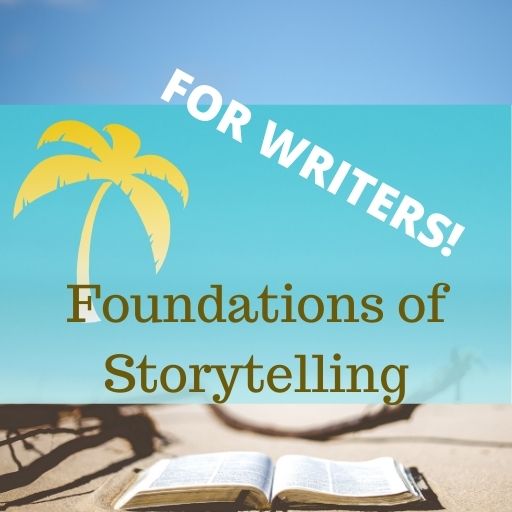How to tell an emotionally compelling story
I recently read The Story Paradox by Jonathan Gottschall, which is all about the dangers of storytelling. If you’re interested in learning how stories work, you’ll want to set aside some time to read this book.
I wanted to talk about a point he makes early in the book, which is that stories where the author is merely stating what happened (“this happened, then this other thing happened”) are viewed by readers as attempts to transfer information. This is called “transparent narrative.” And transparent narrative doesn’t hold much emotional power. It doesn’t change hearts or minds.
This is important for authors, especially beginning fiction writers who sometimes struggle with how to connect plot events in meaningful ways. It is also true for memoir writers who sometimes become overly wedded to relating exactly what happened with little concern devoted to why.
Unlike transparent narrative, “shaped stories are meaning-making to us,” Gottschall says. For an author who wants their novel or memoir to engage readers, creating a shaped story is therefore crucial.
Motivating your characters
But what is a shaped story? How is it achieved? A shaped story is one that focuses on the why. It means that because something happens, something else happens.
In other words, actions are motivated, not just random or accidental. A meteor falling from the sky may start a shaped story, but after that, cause and effect must take center stage. A character must do something in reaction to the meteor falling. And that action must be motivated.
So, if the meteor falls on the character’s house, making a big hole in the roof, and the character, enraged by this situation, decides to destroy the meteor, then we can say that the character’s action is motivated (the character is angry and takes action to assuage that anger).
Thus, the character has a goal (to destroy the meteor) and a motivation for that goal. Now, if that’s all that happens—the character decides to destroy the meteor and then destroys it—we still don’t have a story.
Conflict drives narrative
The plot needs to have some complications, some challenges that get in the way of the character realizing their goal. These challenges create conflict, which drives narrative. The types of conflict the character encounters can help add meaning to the story, as can the choices the character makes in response to the challenges.
But it all starts with the character having a goal that is motivated. Other actions could be motivated for other reasons. Perhaps the character needs money to repair the roof and instead of destroying the meteor decides to sell it.
Or maybe the character starts to hear messages from the meteor and takes actions in response to those messages. It may be true that in life, we have meteors falling through our roofs all the time (metaphorically speaking) but a story will not seem true to life if all it contains are meteors falling on the characters’ houses.
Meaning derives from choices
Meaning is made through the choices a character makes. A meteor falling and then another meteor falling is not a story and readers won’t find it particularly compelling.
One thing I often recommend authors do when they’re not sure their story is shaped in a way that readers will respond to is to create a brief chapter outline. For each chapter, write one or two sentences that describe the plot events that happen. Then describe cause and effect: what caused that plot event to happen, and what effect does it trigger?
If you struggle to trace cause and effect in this way, you’re probably writing a “this happened, then that happened” story, and will have difficulty engaging readers. Spend some time working out your characters’ goals and the motivations for those goals. Then show those goals and motivations in the story. You’ll notice a dramatic change in how compelling your story is.
Join the Club!
New to story editing? Begin at the beginning.




